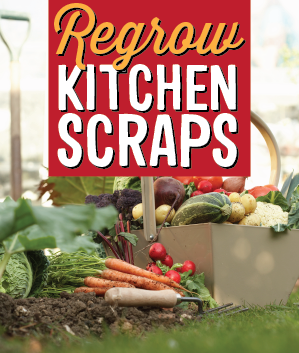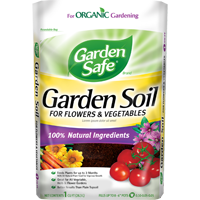Being organic is all about making the most out of everything. Utilizing things in unique ways in order to save time, money, and precious resources. There are many foods out there that can actually be regrown, indoors, from kitchen scraps!
Avocado
Remove the seed from your avocado and wash it well. Use toothpicks to suspend the seed over water in a jar. Keep the seed warm, but away from direct sunlight. It often takes around 5-6 weeks for roots to appear. Cut the stem to 3 inches when it reaches 6. Do not transplant until leaves begin to emerge.
Basil
Cut a stem that is at least 4 inches long. Place in a glass of water, but be sure to keep the foliage dry. Place in a sunny area and in a few days, roots should begin to form. After your roots have reached 2-3 inches long, transplant outdoors!
Celery
Remove the base of the celery and place into a bowl with a little water. Place in a windowsill or an area where sufficient sunlight is received. When leaves begin to thicken around the base your celery can be transplanted into soil.
Garlic
Simply take a clove and plant it with the roots facing downward. Remember to cut shoots back when they become established to encourage bulb growth.
Lettuce
Place unused leaves in a bowl with a little water. Place the bowl in a windowsill or area where a good amount of sunlight can be received. Roots will begin to appear after around 5 days. When this happens, the lettuce is ready to be replanted.
Onions
Cut the root of your onion and place into soil. It is important to leave at least ½ of an inch remaining when doing so.
Peppers
Collect seeds from any type of pepper and sow them into your soil.
Potatoes
Cut potato peels into 2 inch pieces and allow them to dry out overnight. When they are dry, plant them 3-4 inches deep with eyes facing upward.
Pumpkins
Save your pumpkin seeds after carving and scatter them among your garden soil. The entire pumpkin could be planted as well!
Tomatoes
Rinse your tomato seeds and allow them to dry out entirely. Sow within a pot indoors until you see growth. Then, it is safe to transplant outdoors. A lot of sunlight and water is essential both indoors and out.








